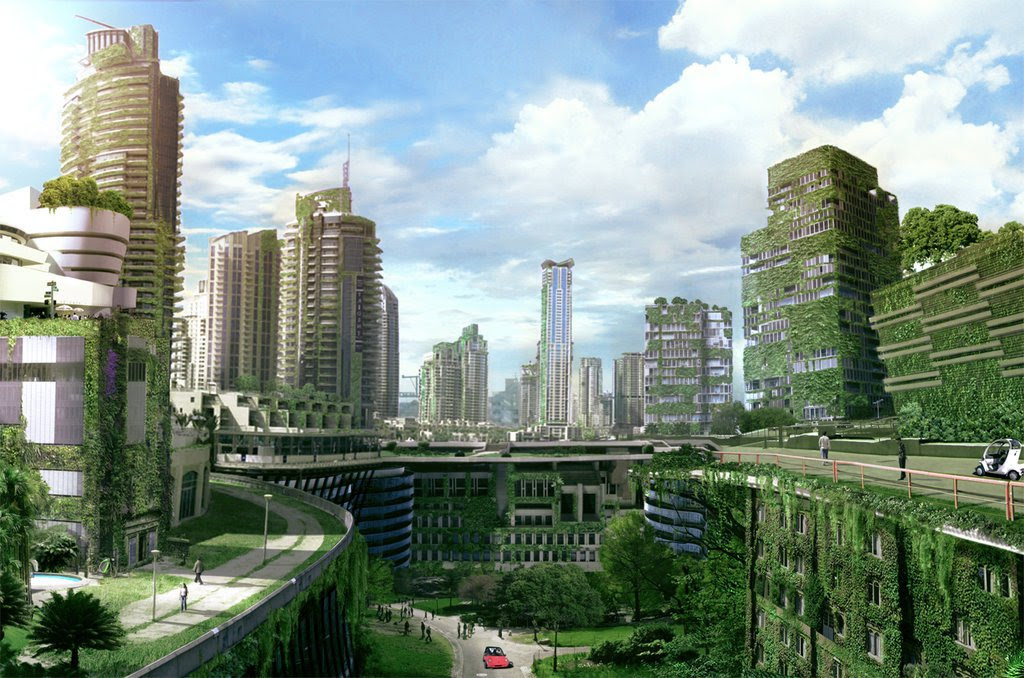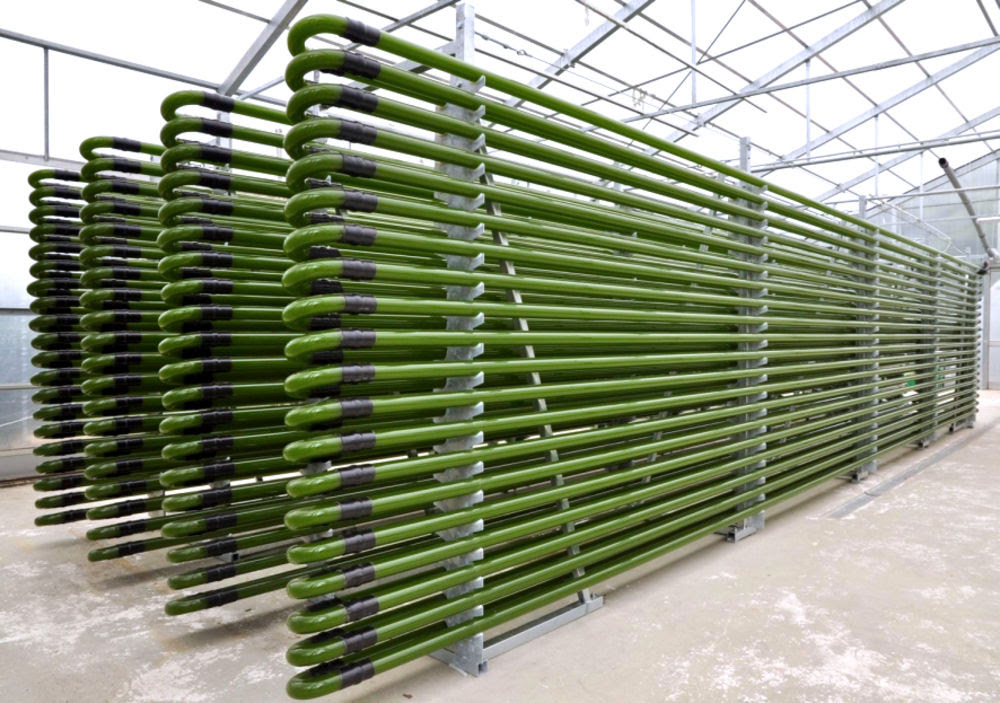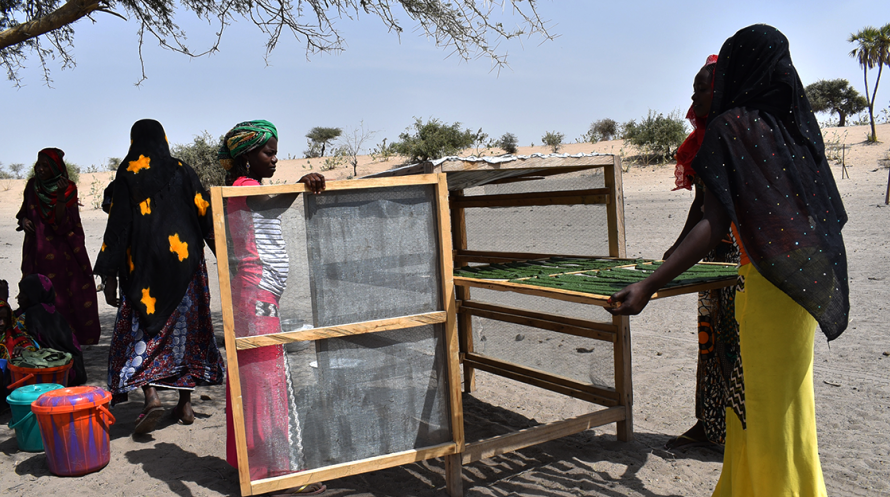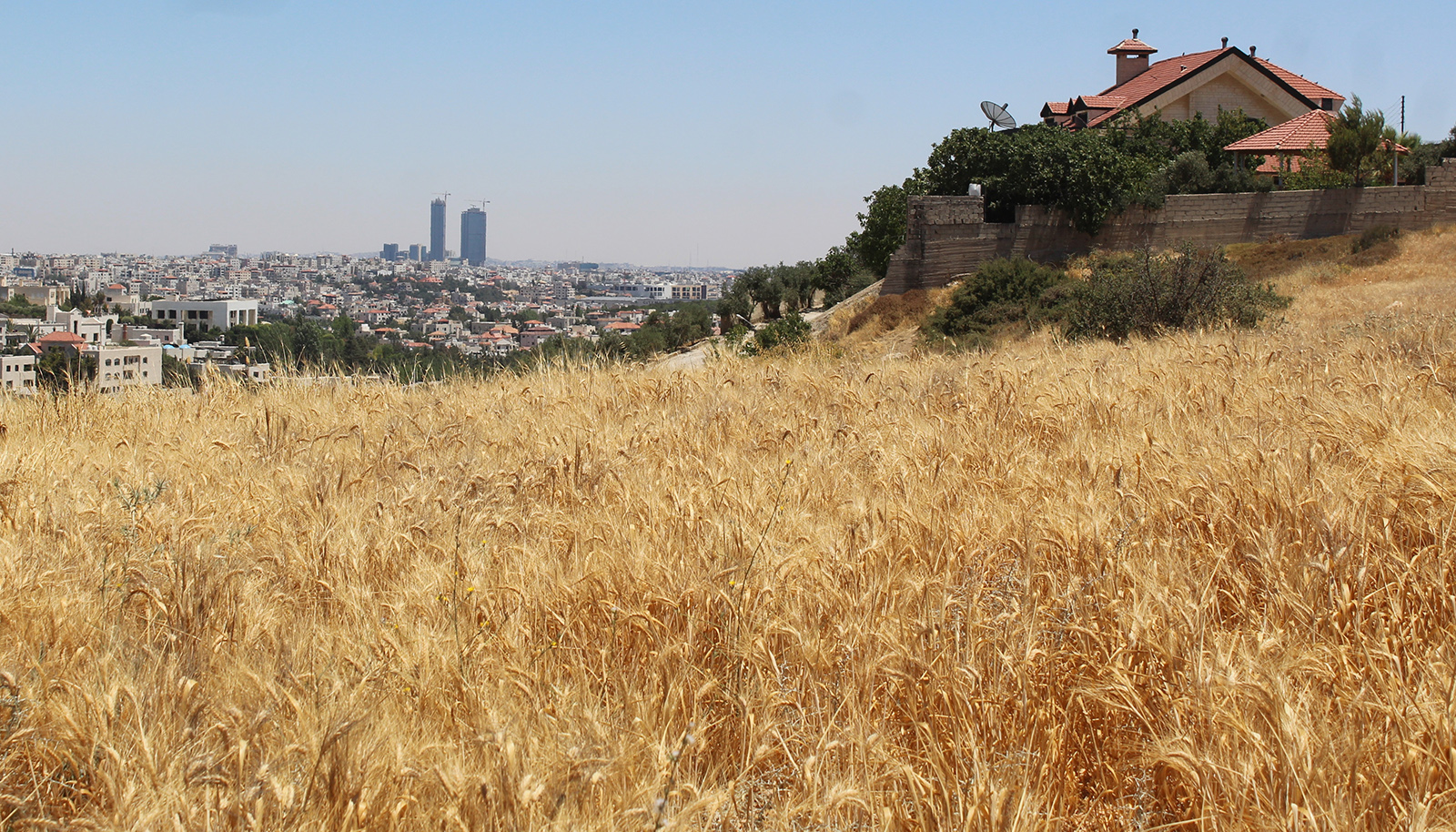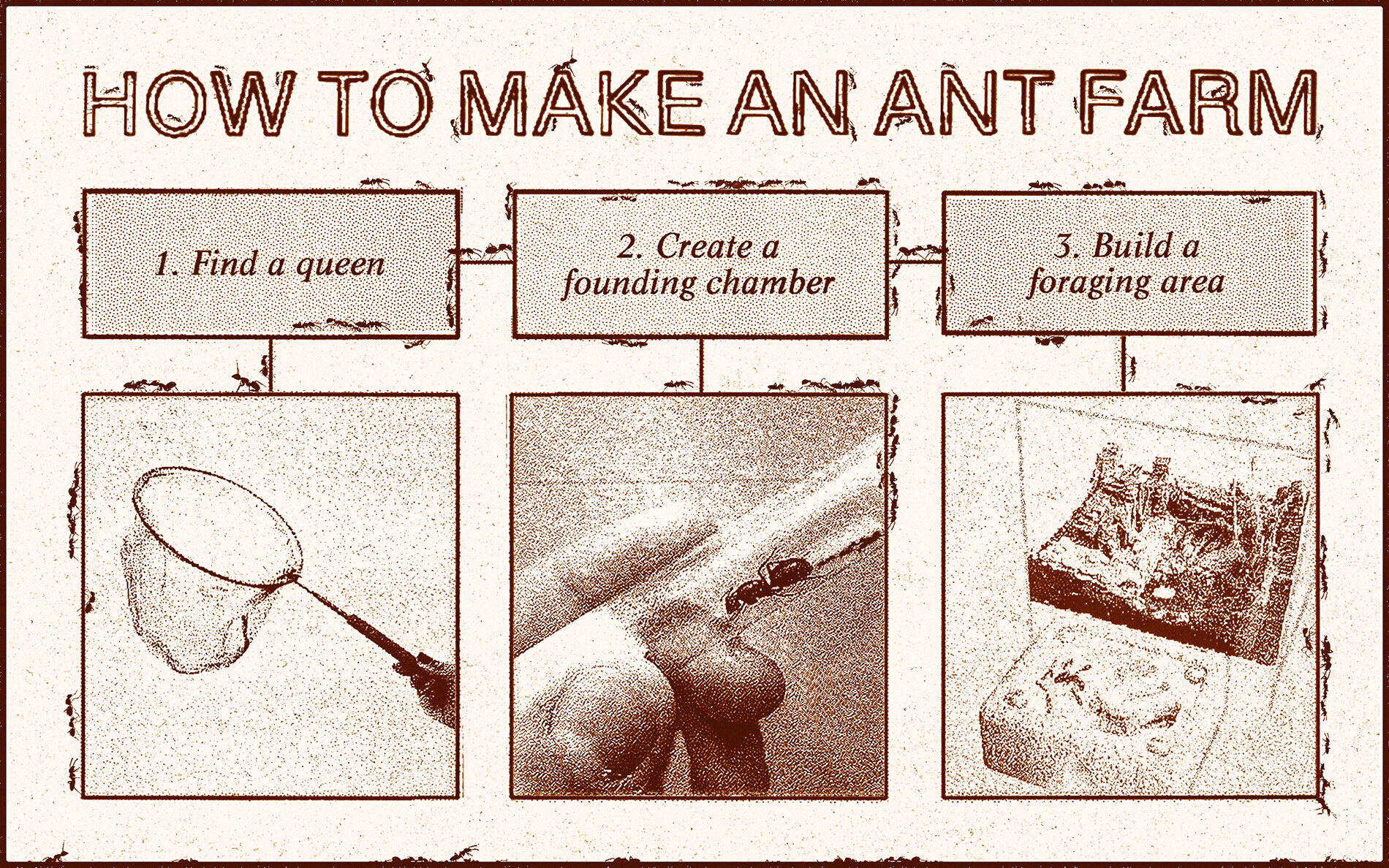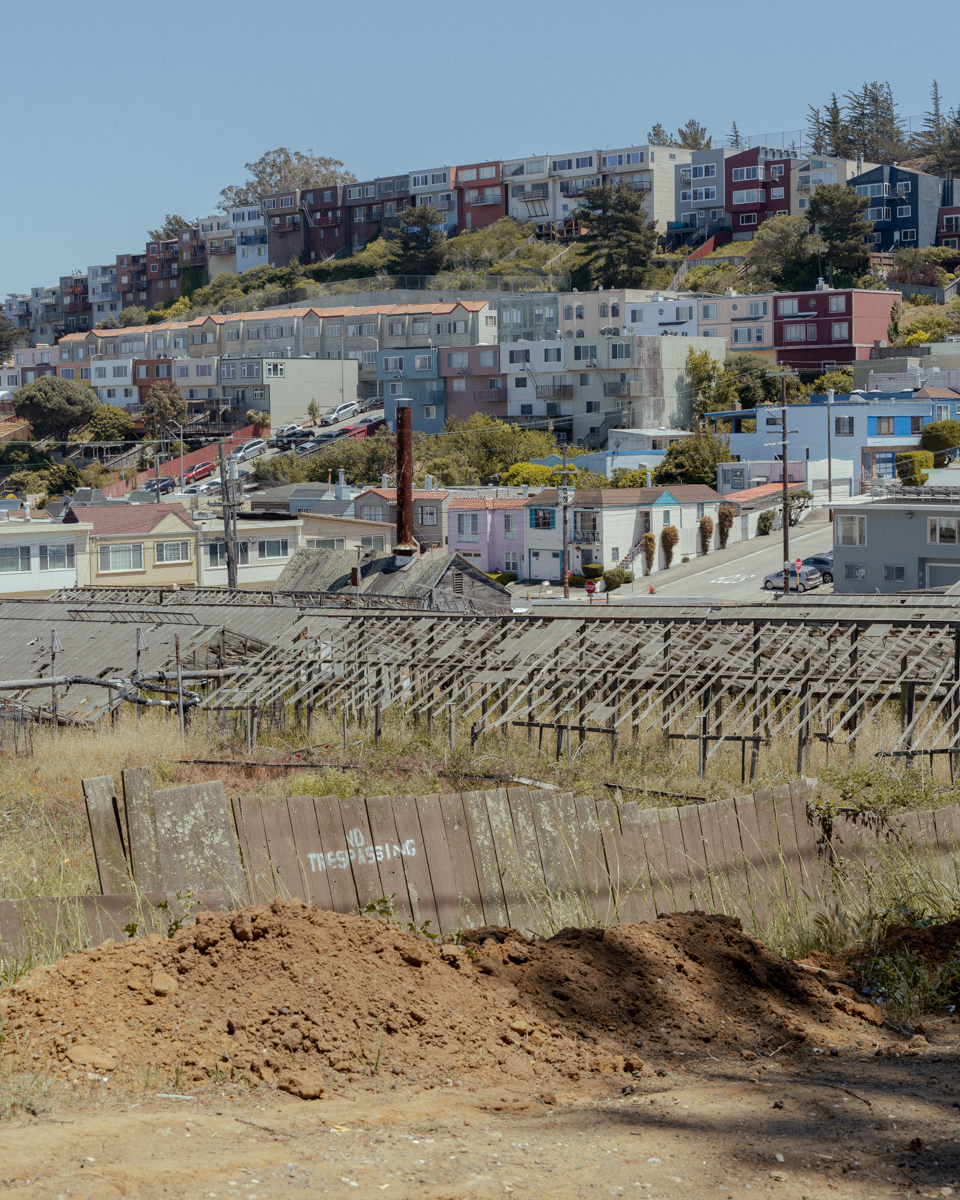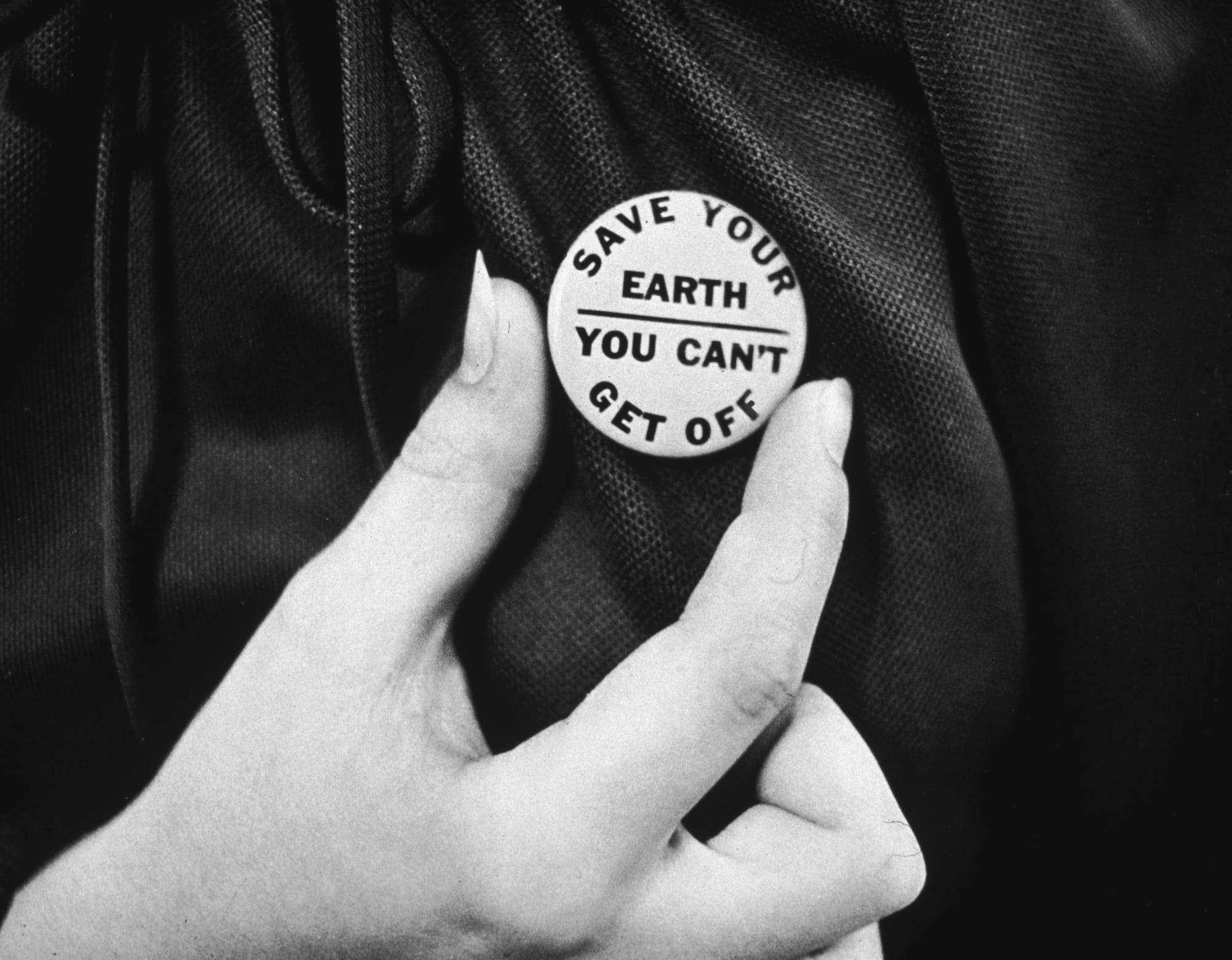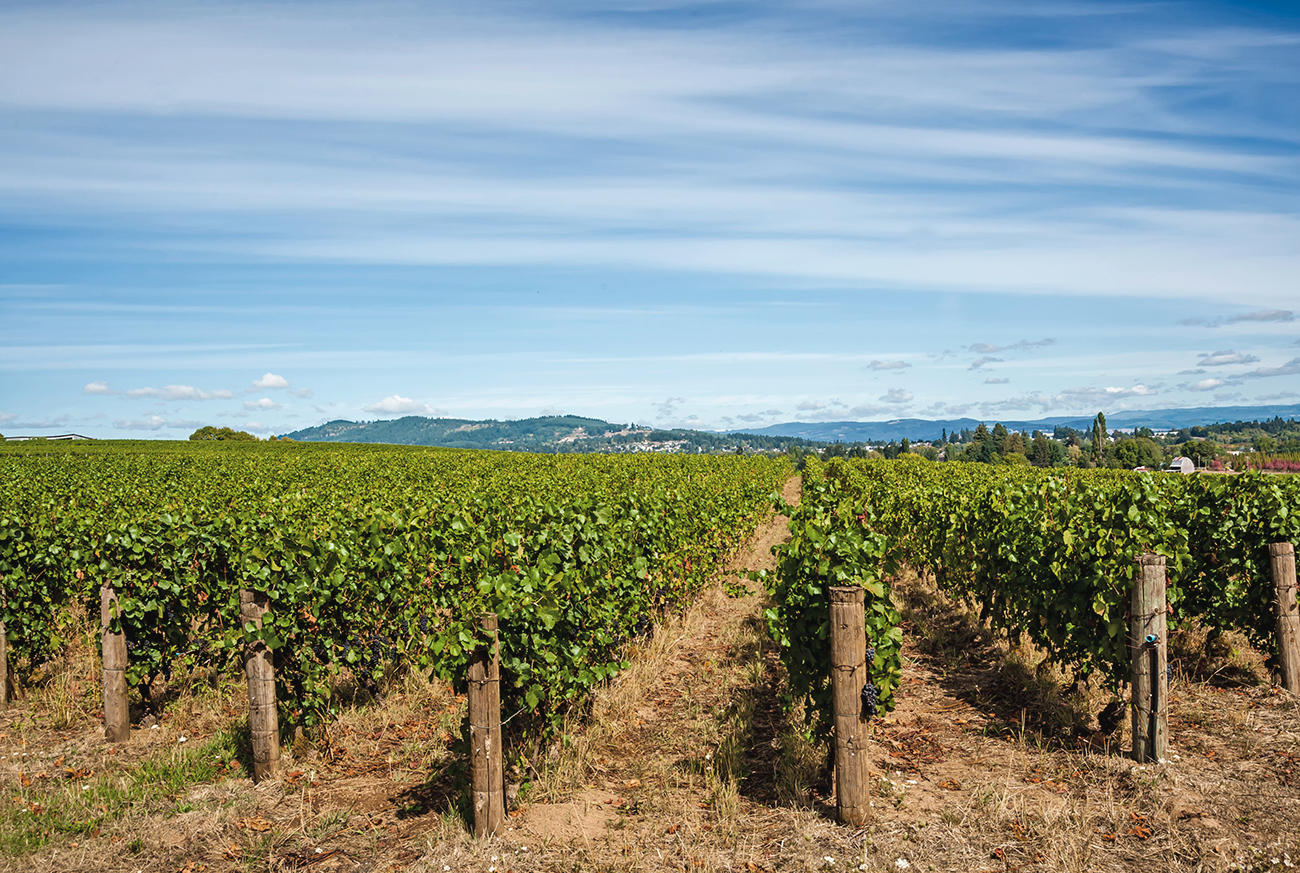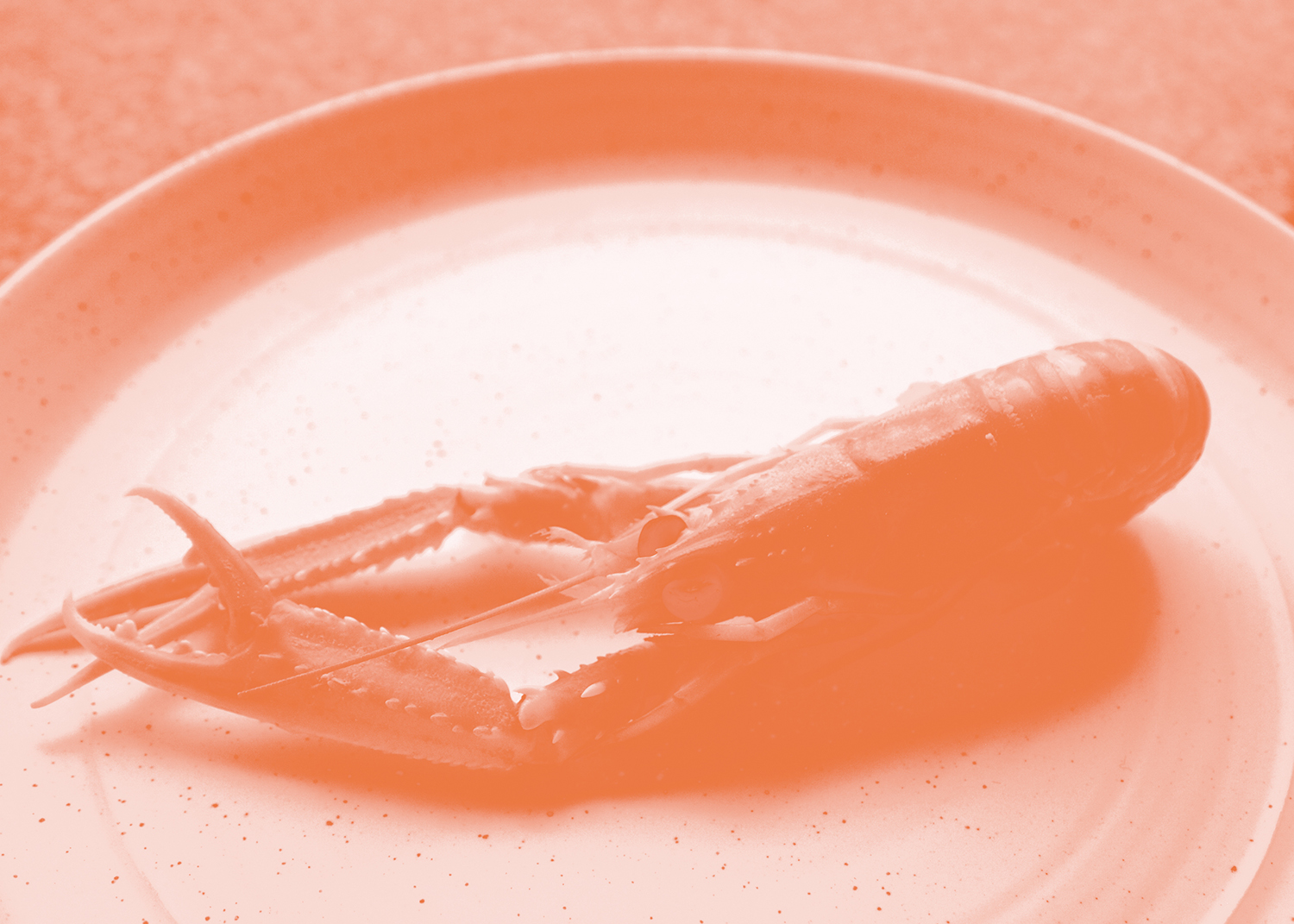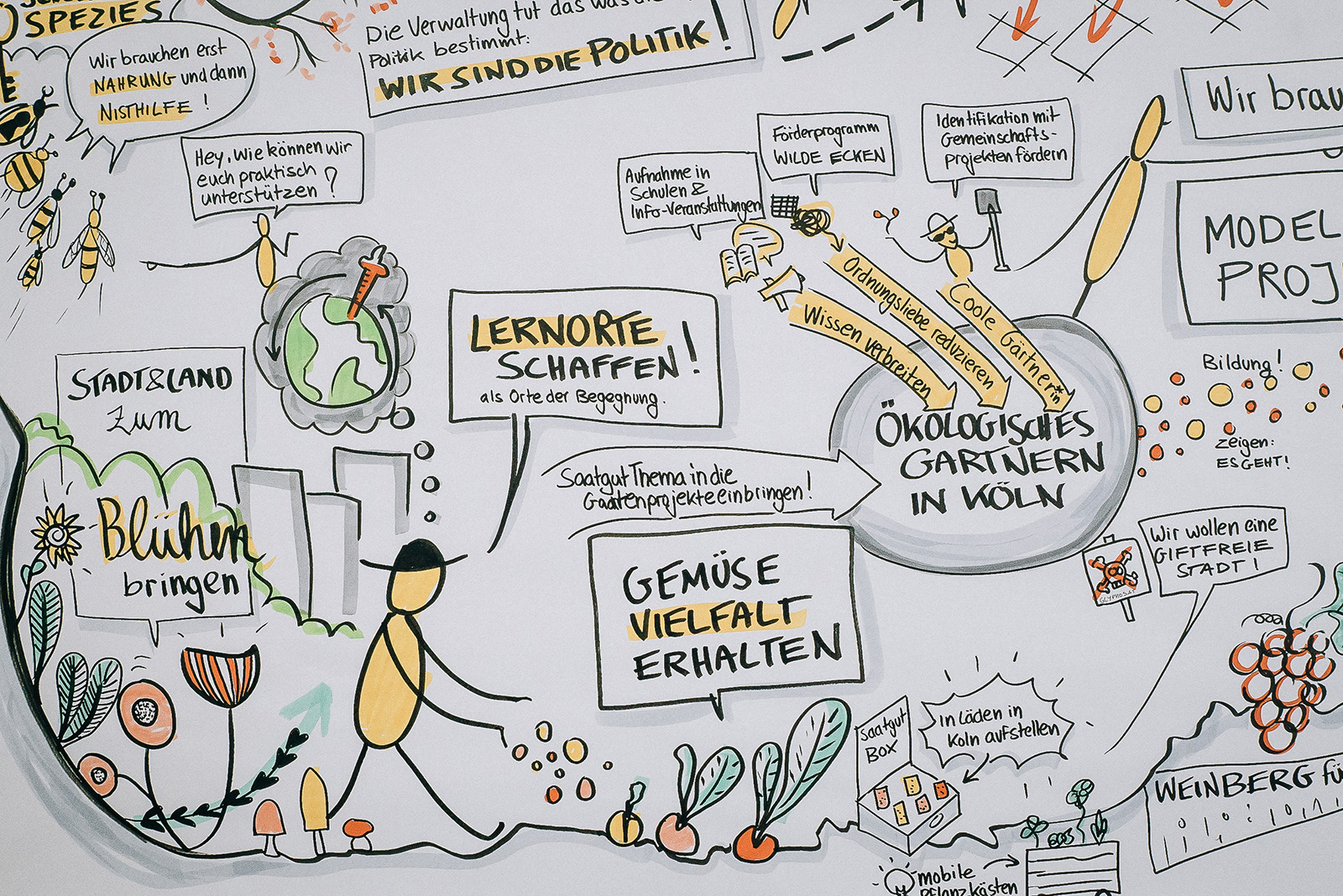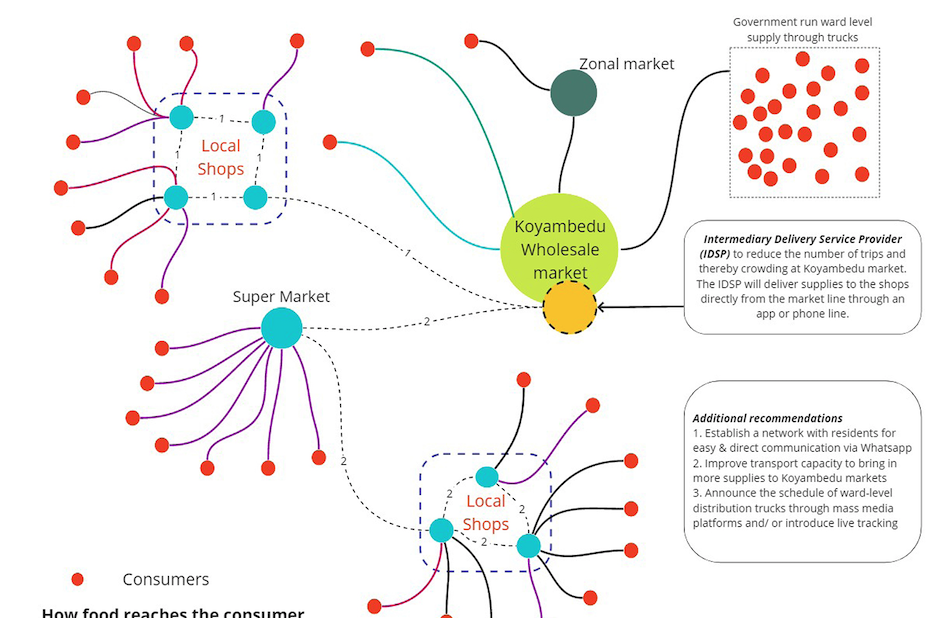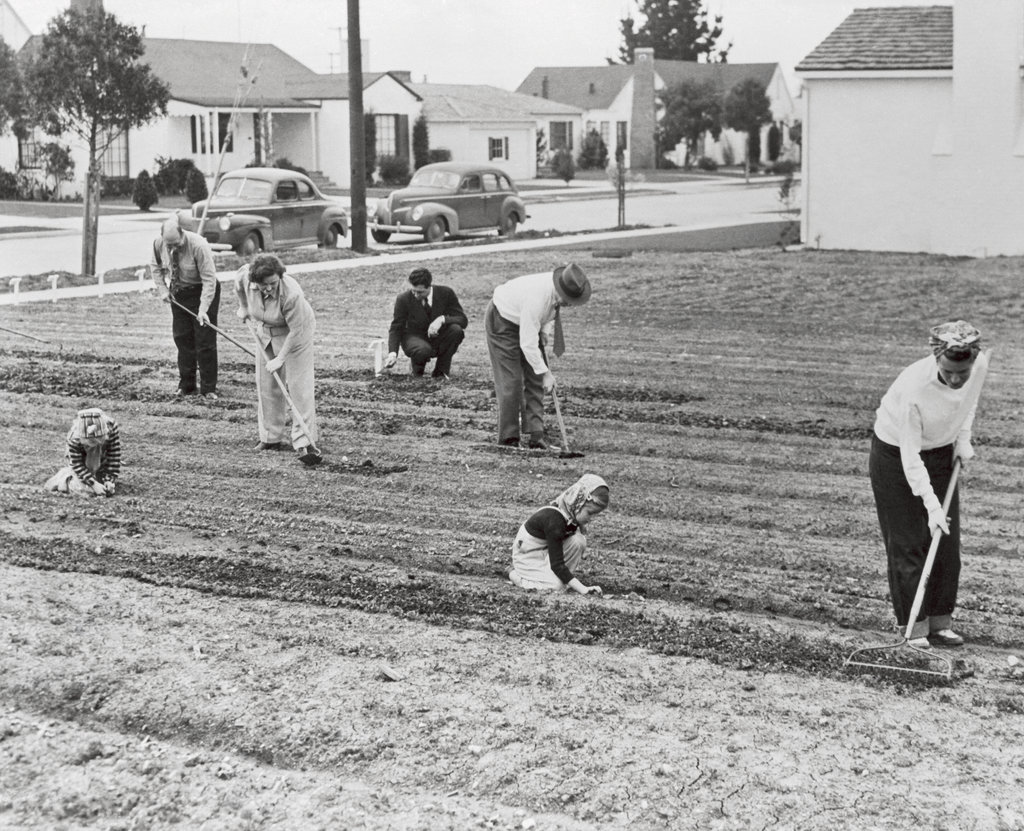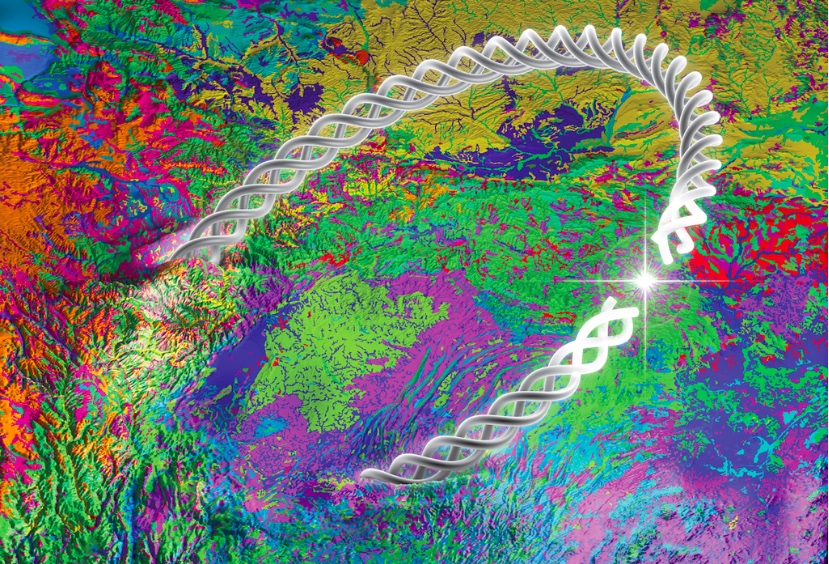Everyone likes to call algae a future food. Maybe it keeps it at arms distance, like “you SHOULD, but still weird right!?”, “they want us to eat slime!!” And people have been calling it a future food for a very long time, even though it has been used for centuries as a traditional food by indigenous peoples in both Africa and Central America.
In the 70’s there was indoor algae cultivation primarily for uses like biofuel, which never reached its potential due to increased fracking in subsequent decades. Algae-growing tanks also look very designed and futuristic—almost like an image of a future green society. Algae bioreactors seem to be the concept of many design and architecture studio’s dreams. And yes, the NASA interest always brings future vibes. But somehow there is this idea that the process is different or more advanced than what they were doing in ancient times, or even now across Lake Chad.
Is the process now that much more advanced? Sure, certain aspects of the process can be automated but not all facilities today automate temperature and light or use sensing technologies to optimize growth. We aren’t in a fully automated algae future and algae are not about to send you an email to add more phosphorus. New hybridized forms of growing algae, like in traditional yeast fermentation tanks (the case with the yellow chlorella used in nongredient) are definitely not the dominant types of algae in most products. So, what makes something a future food?
Krill was said to be the future of food in the 70’s while krill in the form of shrimp paste has been commonplace in Southeast Asian cooking since before the 6th century, “discovered” by Europeans in the 1600’s, 1700’s and 1800’s. In its future food narrative it was also thought of as the answer to world hunger. Jasmijn Visser notes this moment in her archival research of the Falkland Islands, “To stimulate consumption of krill, the fishing industry promotes the product as the ‘food of the future’, capable of ending world hunger. In 1977, Chile’s Institute of Fishing Promotion developed krill sticks as a replacement for fish sticks, along with krill soup, krill cheese, krill pudding, krill pâté and krill salami.” So cute. NASA was also interested in krill in the 70’s. This Vice article talks about krill, the future food that could have been, “NASA published an exceptionally forward-looking report called ‘The Role of Aerospace Technology in Agriculture.’ Its purpose was to figure out how to feed a ballooning world population given the Earth’s limited resources—using space-age technology… Perhaps humans could subsist wholly—or partially—on a diet of krill.” Too bad climate change and industrial-scale fishing have rendered that option to be not an option. Also, did you know that krill eat algae?? So, they are not even at the bottom of the food chain. Try harder krill.
Since algae was used in space and climate change is rendering agriculture even more turbulent, people again say algae is the food of the future…and often their first thought is that it could go to third world countries. We have heard people suggest the use of algae and even the nonbar for uses like world hunger because it is a sustainable source of protein. But Africa already knows about it. In fact, spirulina that is harvested from Lake Chad by female entrepreneurs is often filtered and dried for the Western health food market.
It seems silly, to be like “hey have you heard about algae it will solve your hunger problems!” But is hunger really about the lack of protein available? Or is it how agriculture operates and distributes? It is more about where food is grown, then transported—the economic and labor conditions the infrastructure relies on. Also, which population do you think needs to create lower resource intensive food chains? Countries that are negatively affected by our overconsumption and waste of resources? Or us?
Maybe when people say future food they really mean “this is new to the Western World.” But algae for human consumption was “discovered” sooo many times. Let’s take a look at some excerpts from the 1940’s and multiple times after, where European scientists are scouting the local markets for inspiration and happen upon algae for sale as food.1 I like how it’s described:
- 1. Ciferri O (1983) Spirulina, the edible microorganism. Microbiol Rev 47:551–578
- In 1940 the French phycologist (algae scientist) Pierre Dangeard described in a communication to the Linnean Society of Bordeaux, a sample received from Mr. Créach, pharmacist with the French Colonial troops stationed at Fort Lamy, at that time in French Equatorial Africa and now in the Republic of Chad. The sample was obtained from the market of Massakory, a small village located approximately 50 km east of Lake Chad. Dangeard reported that the material called Dihé in the local language (Kanenbou), was eaten by the native population, and was obtained as follows: mats of microscopic algae, floating on the surface of small lakes or ponds around Lake Chad, were collected and sun dried on the sandy shores.
- The hardened cakes were broken into small pieces and, without any further treatment, represented Dihé: an object of some commerce in the local markets. According to Mr. Créach, Dihé was used to make sauces accompanying the standard millet meal. On studying the samples of Dihé, Dangeard concluded that it was “a true puree of a filamentous, spiral shaped blue alga.” The alga was Arthrospira platensis (Spirulina).
- Almost 25 years later, J. Léonard (a botanist participating in the Belgian Trans-Saharan expedition), while looking for plant products in the native markets in and around Fort Lamy, was struck by a “curious substance green bluish, sold as dried biscuits.” Léonard had rediscovered Dihé and confirmed that it was composed almost exclusively of dried mats of S. platensis collected from the waters of the alkaline lakes in the subdesert Kanem area, northeast of Lake Chad. Léonard and his colleague Compére confirmed the report by Dangeard that Dihé was consumed by the local populations.
- Bernal Diaz del Castillo, a member of Cortez’ troops, described among the many astonishing items that he saw in the market of Tenochtitlan (today’s Mexico City) “small cakes made from a sort of ooze which they get out of the great lake, and from which they make a bread having a flavour something like cheese.”
- A few years later, a Franciscan friar, Bernardino da Sahagùn described “fishermen with very fine nets in certain periods of the year collect a soft thing that is created on the waters of the lagoons of Mexico, and which curdles, and it is not grass nor earth, rather like hay of clear blue color, from which they make bread, that they eat cooked.”
So, if algae isn’t even new to the Western world, why does it now seem so innovative or futuristic? Why is it so easy to call any subscription-based product “tech”, but so hard to consider the women who harvest algae in the lakes of Chad food-tech innovators? Maybe it’s the people doing it and where they are doing it. Here are some photos I found of modern-day harvesters. They are using an extruder to lay tubes of algae out to dry on mesh screen filters. The only difference between that and some suppliers in the U.S. is that they are outdoors and they are wearing different clothes. Currently there are plenty of outdoor systems growing algae for human consumption in the West as well.
This isn’t futuristic for them. If this process is parallel to what we consider food tech, the perceptive differences might be more fundamental—like our definition of science and tech; our concept of a laboratory; and the geographical flow in which we think innovation moves. This provocation is central to the work of Clapperton Chakanetsa Mavhunga, author of Transient Workspaces: Technologies of Everyday Innovation in Zimbabwe Mavhunga investigates the essential components of science, technology, innovation, and experimentation, which shows that one culture’s way of doing something can be fundamentally the same as another yet still be unrecognizable to each other.
Looking at pre-colonial sites of science and innovation, Shadreck Chirikure in his essay “The Metalworker, the Potter and the Pre-European African Laboratory”, describes qualities of innovation that might be unfamiliar to us, “Indigenous African and other non-Western laboratories often were sited in spaces and places commensurate with serving smaller communities. Fields, homesteads, and houses were essential for various knowledge-production activities that were sustainably utilized.” Today, we primarily think of science taking place in a separate dedicated space and this dedicated space almost sanctifies science or engineering. Extractive “innovation” like biopiracy and bioprospecting in the pharmaceutical industry are known examples of stealing knowledge from indigenous groups but this knowledge isn’t like an oral folktale, it was innovation that was produced in a laboratory (forest) for a community.
The small scale application of these innovations isn’t just because these communities don’t have the resources to scale, it’s because it isn’t cohesive with their worldview, “Although science has given humanity the capacity to produce on a large scale, it has also introduced challenges associated with sustainability, an integral factor for non-Western societies because of the holistic manner in which they treat knowledge, nature, and culture. However, because of the integrated link between technology, nature, and culture, there was no need to make massive investments into infrastructure such as laboratories.” At its core, innovative agricultural practices that have been developed over time by indigenous peoples have been led by this integrated cultural worldview, only to be called something else by the Western world, aka regenerative agriculture, or those same practices…BUT WITH AI.
As much as we like to call “climate-friendly foods” part of food tech or start-up culture, either being hyped up by their marketing or annoyed at their popularity, thinking about food’s impact on the environment is not new. While synthetic biology can create new textures, flavors and nutritional sources, innovation in the food space did not just start now. A well-loved mock meat example is seitan, developed by Buddhist monks in China as early as the 8th century. There are so many novel uses of plants that have been developed for nutritional, religious, or delicious applications generationally, in kitchens. This process of development makes finding the sole inventor impossible, but it doesn’t mean that invention did not take place.
I could sum up all of this to say “decolonize algae!, decolonize future foods, food tech, decolonize sustainability, etc.” but no one would know what that really means. To me, all of this means that our idea of what science, technology and innovation is—its purpose—is really limited. And our standards of what makes something scientific, technological or innovative inherently delegitimizes aspects that are integral to other societies’ purpose and application for such technologies. Collective ownership, mobile sites of experimentation, integration with culture and the environment, all counter our icons of the laboratory, the inventor, and industrial scaling. Our inability to see anything else as technological is not futuristic at all, it’s colonial.
I think nonfood has gone with the term future food as it is frequently applied to the nonbar and the like. Default silver foil = space = future. The term can be very powerfully motivating in the promotion of ingredients or processes. Recently we’ve been talking about the term as if it means a future, society itself, will only continue to exist if we adopt less resource intensive food chains—a slightly darker definition. But we certainly didn’t invent algae for human consumption and according to those early sightings mentioned, algae in the form of a dried sauce base (like nongredient) has been a thing for a while! So, calm down, it’s not that weird.
This piece was reprinted from the Nonfood newsletter.
